A few kilometres north of Malaga city, the Montes de Malaga Natural Park is a 5,000 hectare area of Aleppo pine, rushing streams, steep slopes and rugged ridges.
By Nick Nutter | Updated 22 Sep 2022 | Málaga | Parks |
Login to add to YOUR Favourites or Read Later
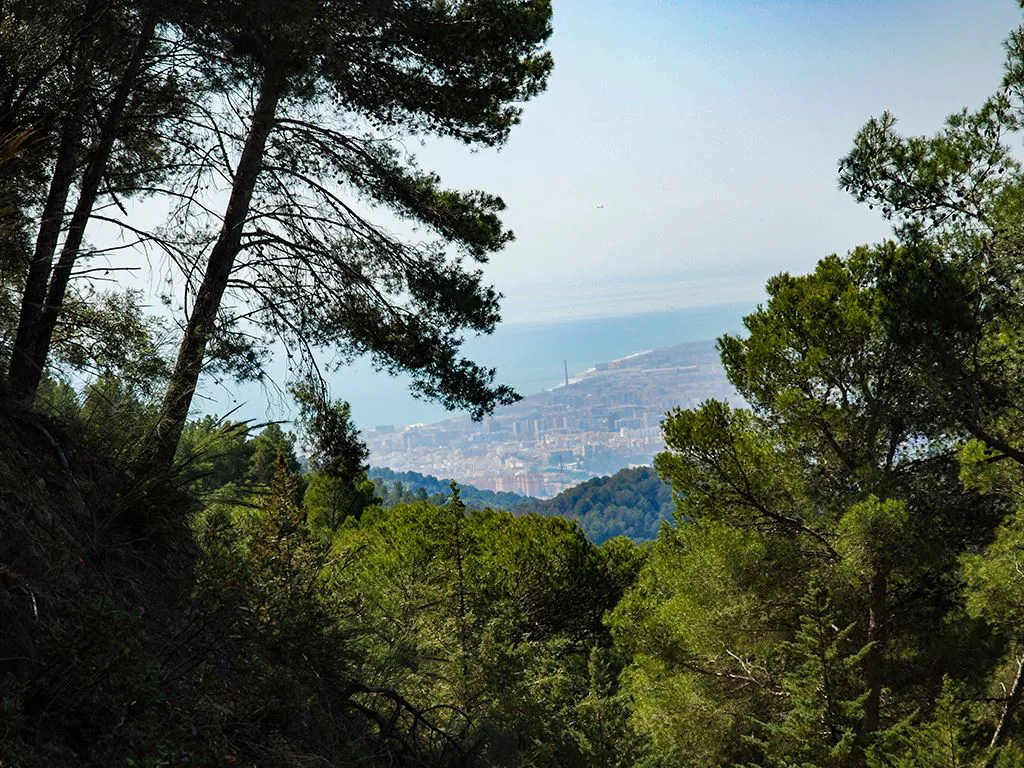
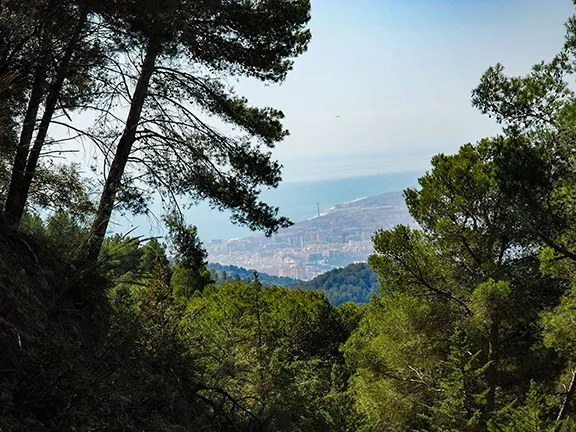
Montes de Malaga
Just a few kilometres north of Málaga city, the Montes de Málaga Natural Park is a 5,000 hectare area of, primarily, Aleppo pine, rushing streams, steep slopes and rugged ridges. It is known as the ‘lungs of Málaga’. The Montes de Málaga Natural Park is also home to one of the most unusual reptiles in Europe, the chameleon.
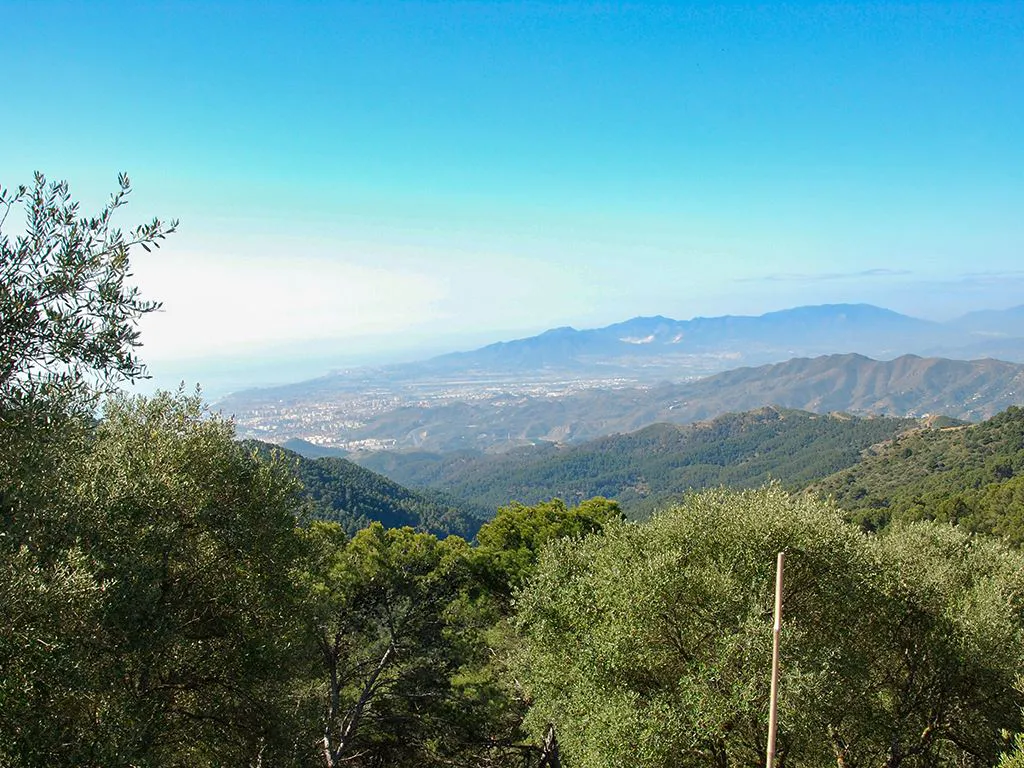
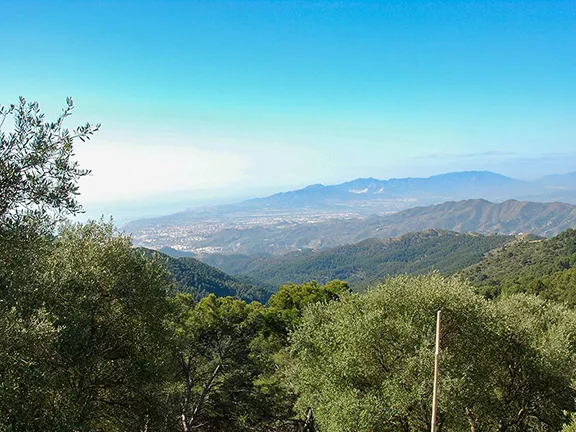
Montes de Malaga
The area receives more than its fair share of rain and that has led to flooding problems that date back to the 15th century. Following the reconquest, the land was divided up between notable families. They were responsible for cutting down the native trees and vegetation. The hills, once covered in holm oaks, gall oaks, cork oaks, carob trees, the wild olive and almond trees, the latter a legacy of the Muslim period, were laid bare to allow the cultivation of grape vines. There are still a few traces of the original vegetation left, mostly in the northern parts of the park and in the less accessible stream valleys.
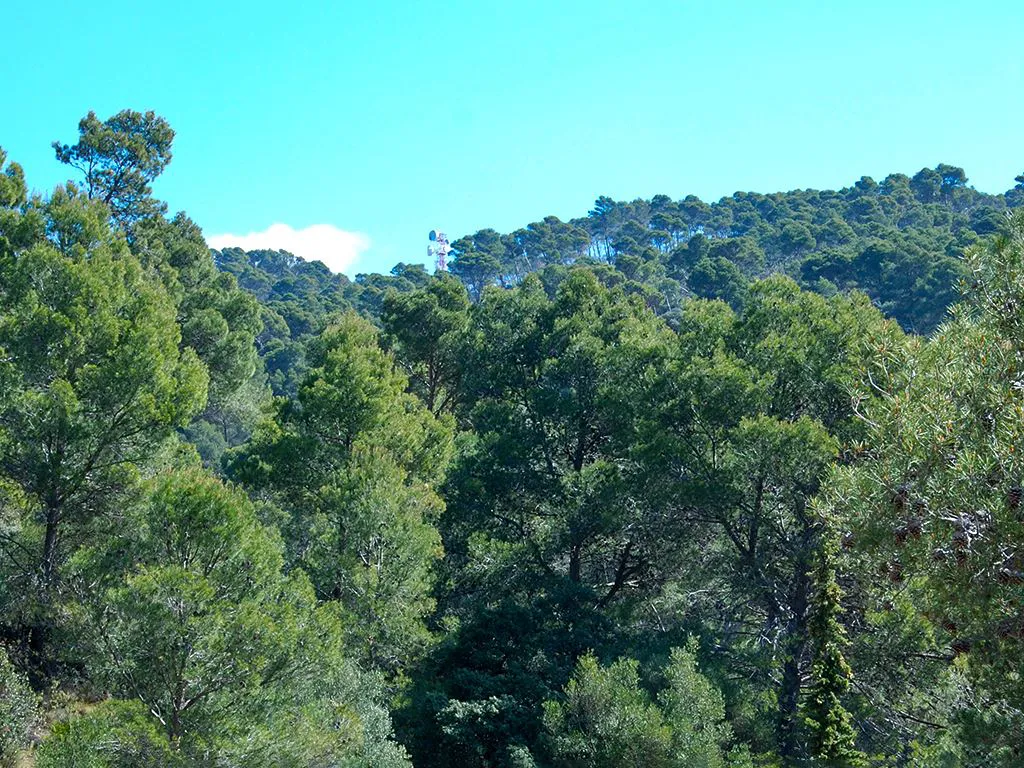
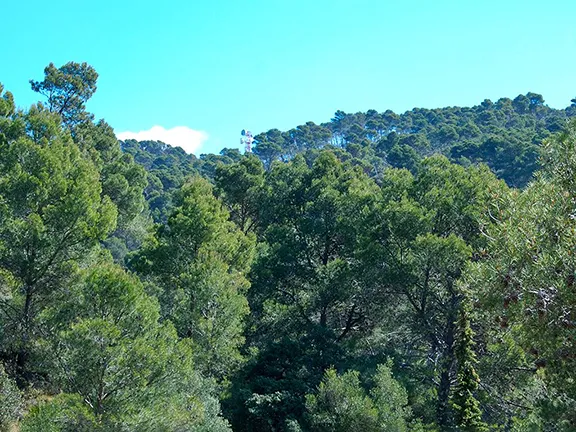
Montes de Malaga
The deforestation, underlying sandstone and granites non permeant rocks, and seasonal heavy rains, combined to cause severe flash floods. The hills channelled the water into the rivers and streams that rushed down to the sea. Málaga city was flooded many times over the centuries as storm surges swept down the Rio Guadalmedina.
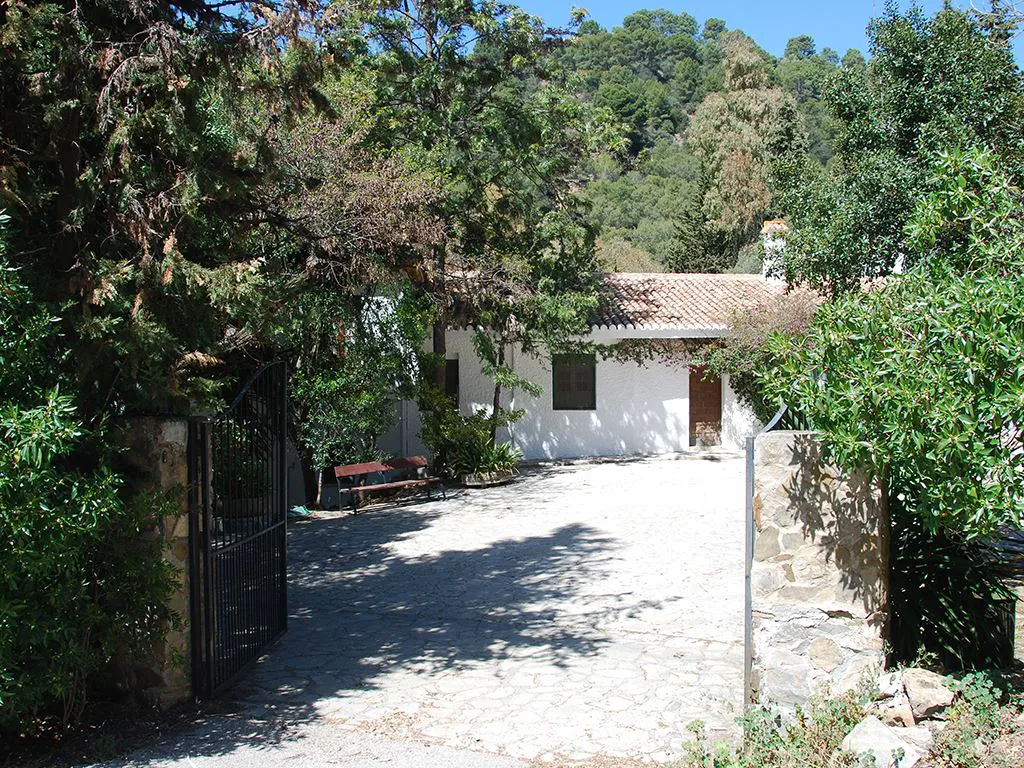
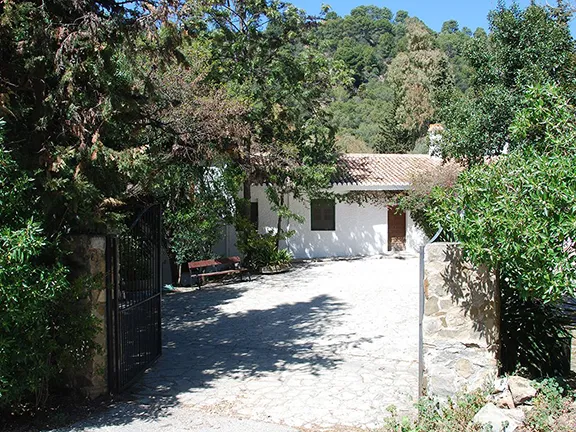
Montes de Malaga
In the late 19th century, a phylloxera epidemic wiped out most of the grapes but it was not until the 1930s that a programme of reforestation with the Aleppo pine replaced the olive groves. There now remain just a few estates dedicated to viniculture producing the famous Málaga wines and Málaga raisins. Some of the fincas centre around the traditional lagar, a house with the main part dedicated to producing wine. One lagar, the Ecomuseo Lagar de Torrijos, on the eastern side of the park, is sometimes open to the public.
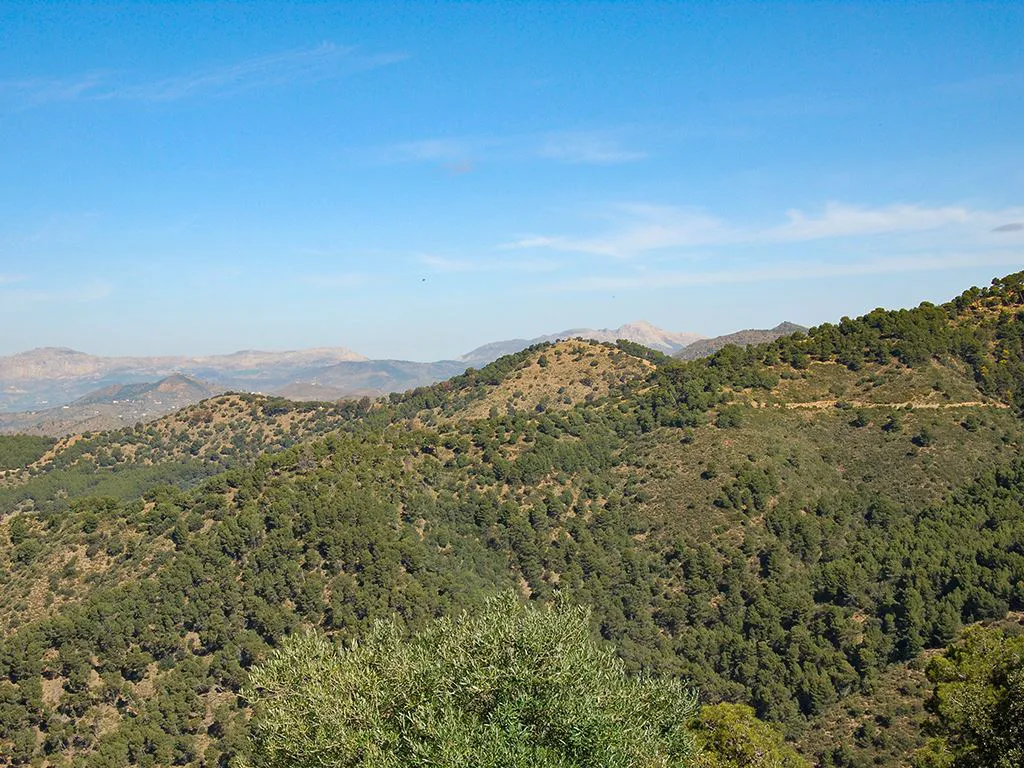
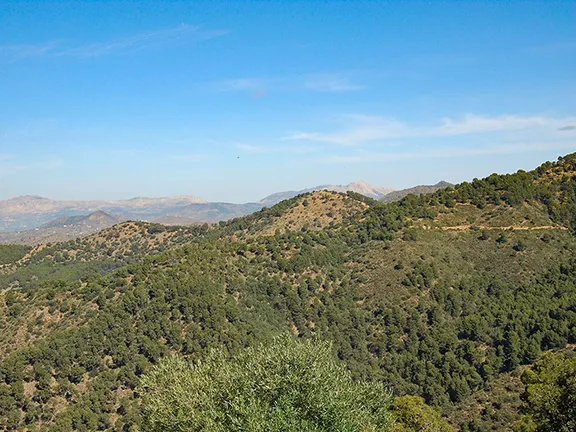
Montes de Malaga
The Montes de Málaga Natural Park is dominated by the Aleppo pine with a few stone and black pines. In some of the valleys you will come across the original vegetation, holm oaks, gall oaks, cork oaks, carob trees, wild olives with rosebay, cane, bramble, honeysuckle and tamarix with willow, poplar, ash and elm trees bordering the stream. The undergrowth is a mix of matagallo, gorse, rosemary, and thyme, with, on the slopes, fan palms, asparagus plants and broom.
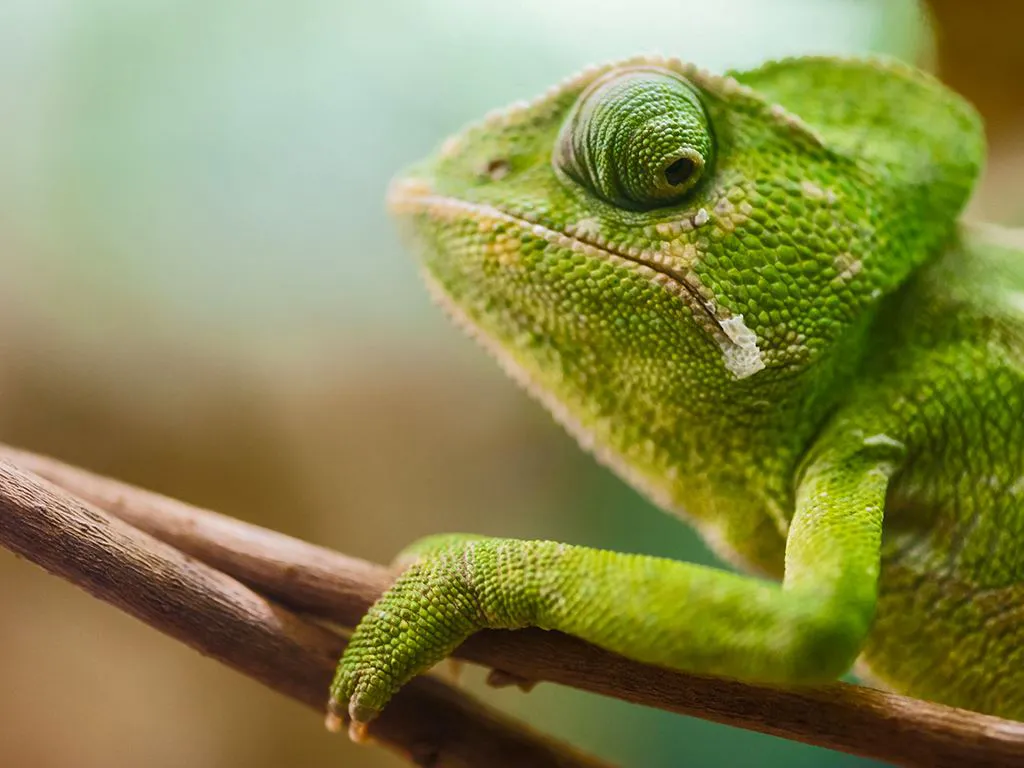
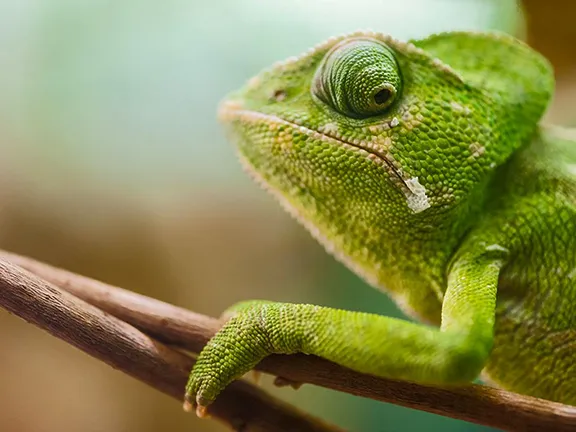
Chameleon Montes de Malaga
The valleys, with a varied selection of flora, are home to common nightingales, grey wagtails and kingfishers whilst the forests are patrolled overhead by the raptors, short-toed and booted eagles, black kites and tawny owls. The park has a population of buzzards and goshawks that breed locally. In the valleys and forest edges there is a surprising cast of bird species including crag martins, cuckoos, goldfinches, green woodpeckers, lapwings, partridges and quails, reed warblers, Calandra larks, skylarks and white wagtails. A walk can be a melodious affair with just the occasional glimpse of the songsters as they flit between trees and bushes. Beneath the trees you will find the signs of wild boars, badgers, foxes, polecats, weasels, beech martens, rabbits, wild cats and squirrels, although you will be lucky to see them.
There are five signposted walks in the park and any number of diversions you can make up the forest tracks. The first three are reached via the Fuente de la Reina entry into the park which is on the A7000, 15km north of Málaga.
Sendero de Contadores (3km) and Sendero de Pocopán (5km): Start at the Aula de Naturaleza Las Contadores in the centre of the park.
Sendero El Cerrado (4km): Starts at the Hotel Humaina. This circular walk takes you to a fantastic mirador, the Mirador del Cochino, with panoramic views over the park and down over Málaga city. Years ago, somebody constructed a sculpture of a wild boar from scrap metal and placed it at the mirador. We are not sure which came first, the mirador or the sculpture.
Sendero de Torrijos (2.5km): Starts at the Ecomuseo Lagar de Torrijos that is signposted left off the A7000 about 1.5 kilometres north of Fuente de la Reina.
Sendero de Picapedreros (7km): Saving the best for last. This is the most interesting walk, taking you to an impressive waterfall, the Salto de Picapedreros and offering fantastic views over Málaga on the way back. The start of the walk is at Molinos de San Telmo. As the name suggests, an area of old grain mills. Take the A45 north out of Málaga and turn right at Km166, the road to Jardín Botánico de la Concepción (also a good day out). Keep on to the end of the road, you will see the track signposted.
The Montes de Málaga Natural Park is very popular with the Malagueños, particularly at weekends. The best time to visit the park is mid-week and first thing in the morning. If you get a little peckish there are a surprising number of ventas along the A7000 road that runs up the east side of the park.
Check whether the Ecomuseo Lagar de Torrijos is open. Click here.